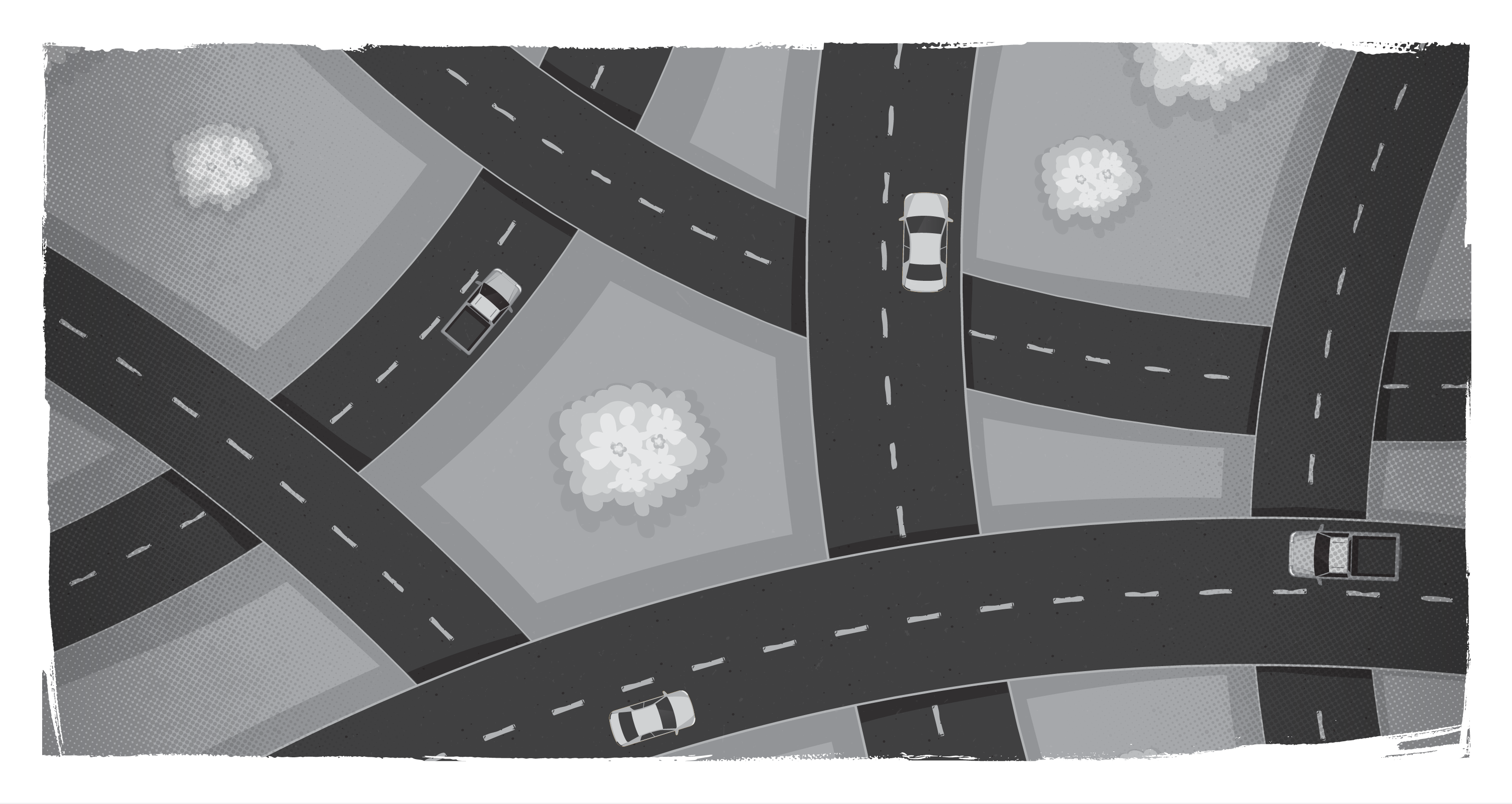Moving House: Planning to Migrate Your Drupal Website

Think about moving to a new home. No matter how carefully you pack, you wouldn’t expect everything to be clean, organized, and in place the moment you walk in the door of your new home. Moving to a new digital experience is similar, it takes time and should be done in phases.
This is the first part of a series about migrating your Drupal website. In this installment, I’ll share why you don’t want to leave packing your ‘house’ until the night before you move. Instead, you want to prepare well in advance.
When the Drupal association announced they were extending the end-of-life of timeline for Drupal 7, we could almost hear the collective sigh of relief from institutions that rely on Drupal 7 websites. However, that gift of time needs to be used wisely and now more organizations have another chance to start early.
Planning for a migration from Drupal 7 to Drupal 8 or Drupal 9 becomes a question of scope:
- Do you only want to migrate your existing site's content into a modern, secure platform? Or
- Are you prepared to make a bigger investment to improve your site by looking at information architecture, features, and design?
This series will help walk you through the website migration process and provide tips to help make sure your move is as smooth as possible. The four factors that shape this decision-making process include:
- budget and timelines;
- internal developer skill sets and external assistance;
- features and design; and
- the scope of manual migration
BUDGET AND TIMELINES
When you plan to move to a new house, you probably have a timeline in mind, and not only a budget for the purchase but also a budget for after you move - to fix it up and make it comfortable and homey. To avoid disappointment, it’s a good idea to determine your budget and timeline before you start looking. It is equally important to determine your budget and time constraints prior to starting a new web development or migration project.
The move from Drupal 7 to Drupal 8 or 9 is a substantial step -- it’s a complete rebuild rather than making a few simple updates. Before you settle on a budget or timeline, you must consider if you want your new digital experience to include any new features or integrations, or if you want to expand, update or restructure your content. If you’re not sure how to do so, your development partner can help you itemize your ‘must-have’ features and design components to get you the best bang for your buck.
To get started, there are a few key questions your organization must ask -- and must be honest about. In some cases, how you migrate your website will come down to priorities and sometimes deadlines outside of your control (we’re looking at websites that do not yet meet key accessibility standards in particular).
- How much time can you allocate for what is likely to be a major replatforming effort?
- What's your budget for the project?
- Can your budget support additional work, such as a design refresh?
- Do you need to launch before an important date for your organization, such as college registration or an important government deadline?
BUDGETING FOR YOUR NEW DIGITAL EXPERIENCE
For many organizations, getting the budget for a large project is easier as a one-time ask, so refreshing the site’s design as part of the migration project may be easier than migrating and then planning a separate design project in six months. In other organizations, it may be difficult to get enough budget for all the work in one project, so it may be necessary to spread the project across multiple phases: one phase for the migration; a separate phase for design.
When factoring in the time and budget for additional work, things like revisiting a site's information architecture at the start could save you time and money in the migration process. Budgeting time to do the work up-front can reduce unnecessary complexity before migrating instead of having to work with custom migrations to bring over content and entity types that you won’t end up using anymore. This also improves maintainability and saves time for developers and editors doing everyday work on the new site.
PLAN A RELEASE WINDOW
Another aspect of planning for the Drupal 7 to Drupal 9 upgrade is to schedule your release window. Plan to have your migration project complete before Drupal 7 is scheduled to reach end of life in November 2021. If you can't make that deadline, then start planning now for an extended support engagement to keep your site secure until you're able to complete the migration.
Ideally, this window adds time before the cutover launch date (to allow for a content freeze and additional quality reviews) and after the launch date (to validate redirects and integrations, etc.).
You'll want to plan the release window around key dates for your organization, and around other support windows in your technology stack. For example, if you're a retailer you may want to have the migration completed before the end of Q3 so you're not upgrading during holiday initiatives. Education organizations may plan their release during slow periods in the school's calendar. Government websites may need to be ready for key legislation.
When it comes to your stack, you'll want to plan around other important release windows, such as end-of-support for PHP versions, or upgrading to Symfony 4.4. This is particularly important if you need to upgrade dependencies to support your Drupal 7 to Drupal 9 migration.
WHAT’S NEXT?
In the next blog in this series, my colleague Martin will share insights from our developers about:
- what has changed in Drupal and how these changes can impact the migration process;
- internal developer skill sets and the benefits of external experts; and
- a case study about how the Canadian Science and Technology Museums Corporation (CSTMC) rebranded and migrated three museum sites together to create the new Ingenium digital experience
SUBSCRIBE TO OUR E-NEWSLETTER
 Subscribe
Subscribe


